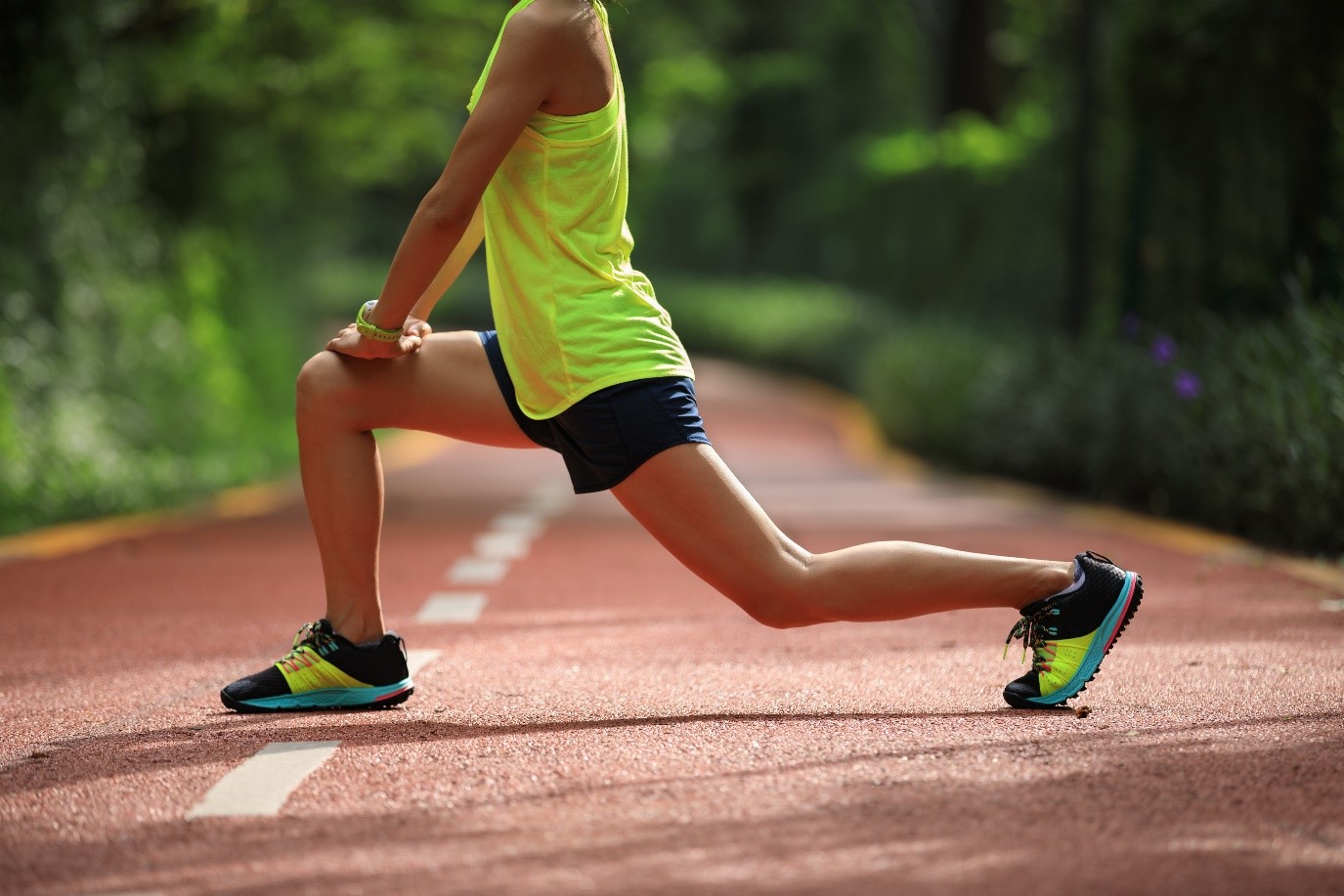
Getting fit does not have to be complicated. In fact, it can be as easy as doing a series of exercises in the comfort and privacy of your own home or in your neighbourhood, without any exercise equipment or gym membership!
Bodyweight training can be a convenient and effective way to build strength and improve overall health, the only things you need are your body�s weight and maybe a pair of shoes and a mat.
What is bodyweight training?
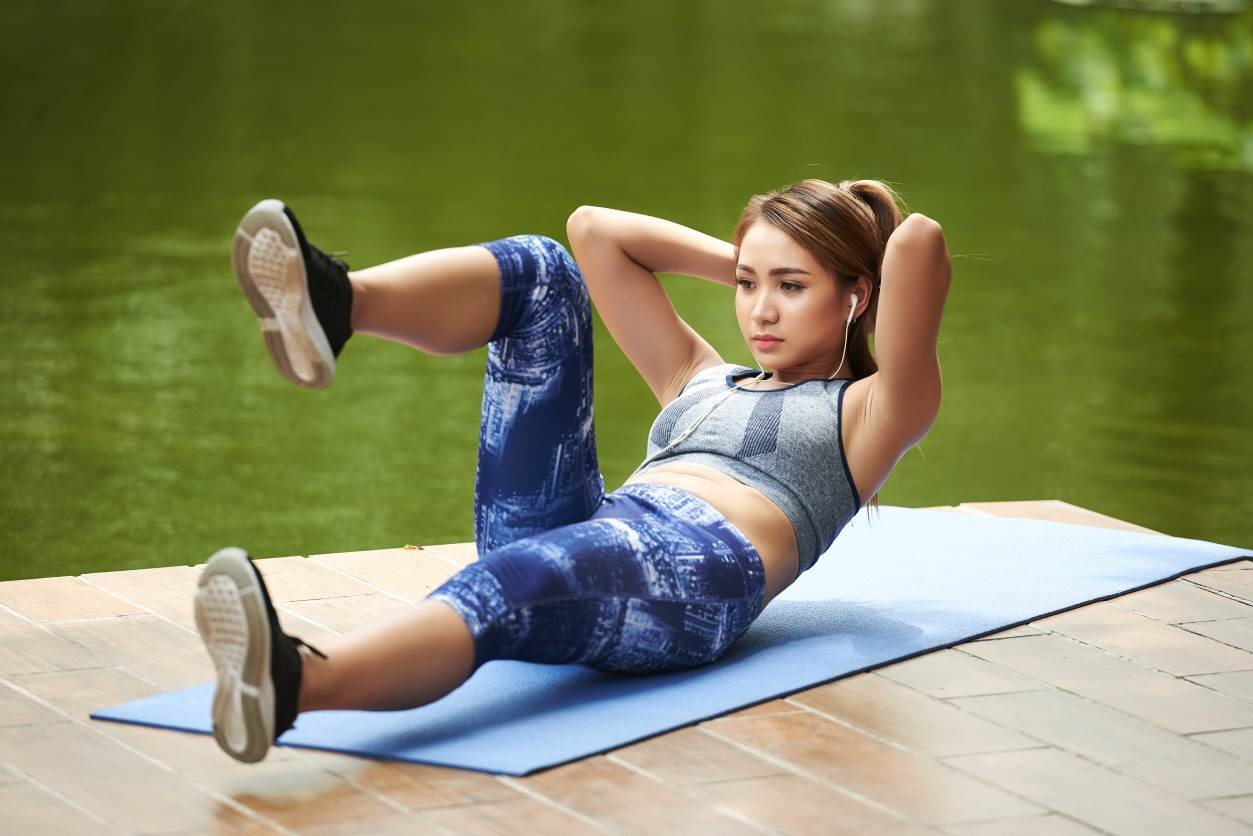
Bodyweight training is using a person�s own body as a resistance tool during exercise. So instead of dumbbells, barbells or other external resistance equipment, you are simply using your own weight to build strength while working out.
You may or may not realise, but some typical exercises that you do are bodyweight exercises. This includes push-ups, crunches, lunges, squats etc. Even some variations of yoga are considered a form of bodyweight training, where strength building is not the only emphasis but also the connection between your mind and body. To put it simply, any exercise where an additional load is not used is considered a bodyweight exercise.
?WATCH: Easy yet effective exercises for youth, adults and seniors
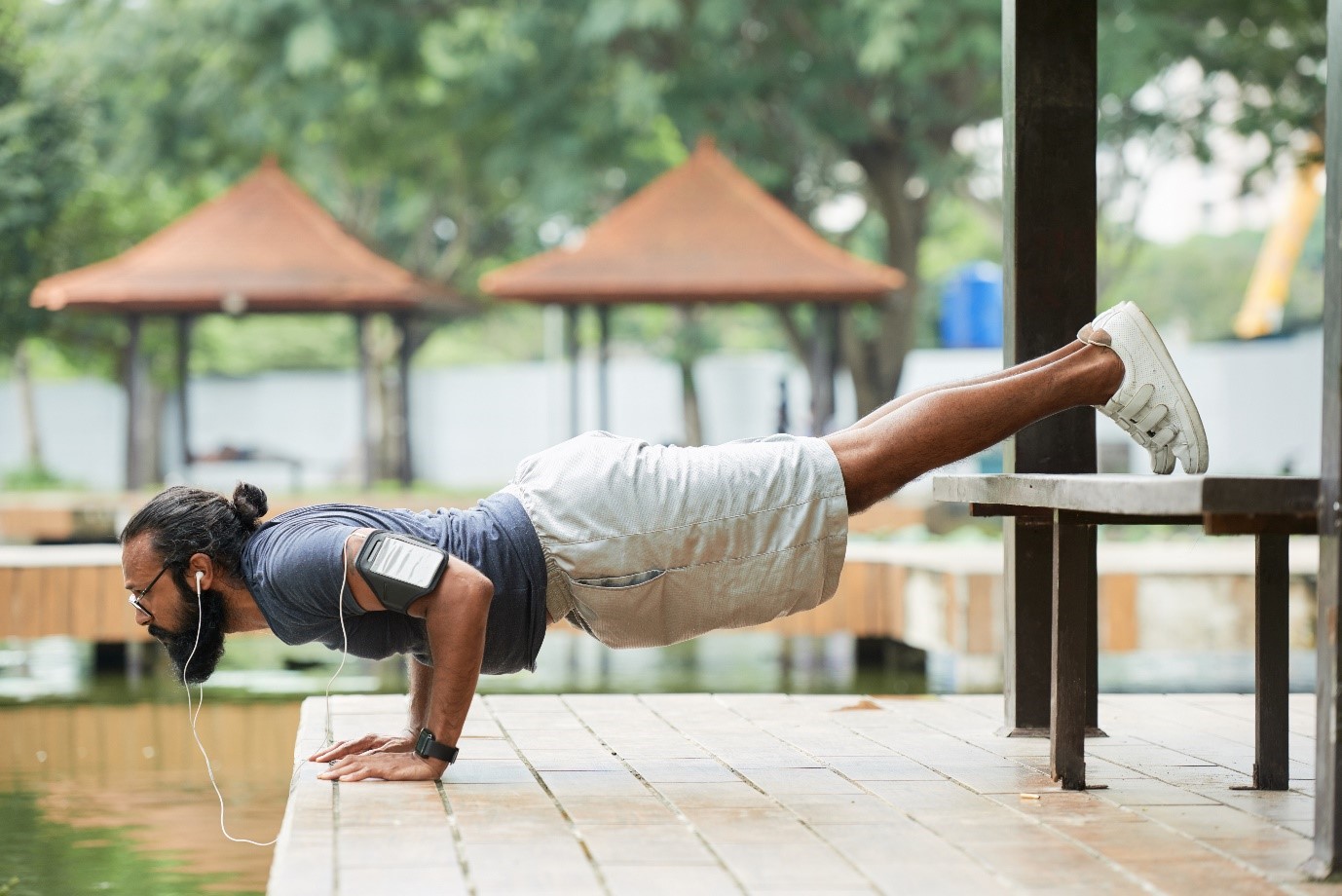
This form of exercise is categorised as strength training because it can help to improve strength and endurance through resistance, just like weight training. For example, push-ups target chest, abs, shoulders and triceps muscles, building strength in your upper body. Planks target abs muscles, building strength in the core area.
A friendly reminder from our Active Health Coach, Mr Munir: We are encouraged to participate in strength exercises that target all major muscle groups at least two times a week. Hence, bodyweight training is a convenient way for you to fulfil this quota!
What are some benefits of bodyweight training?
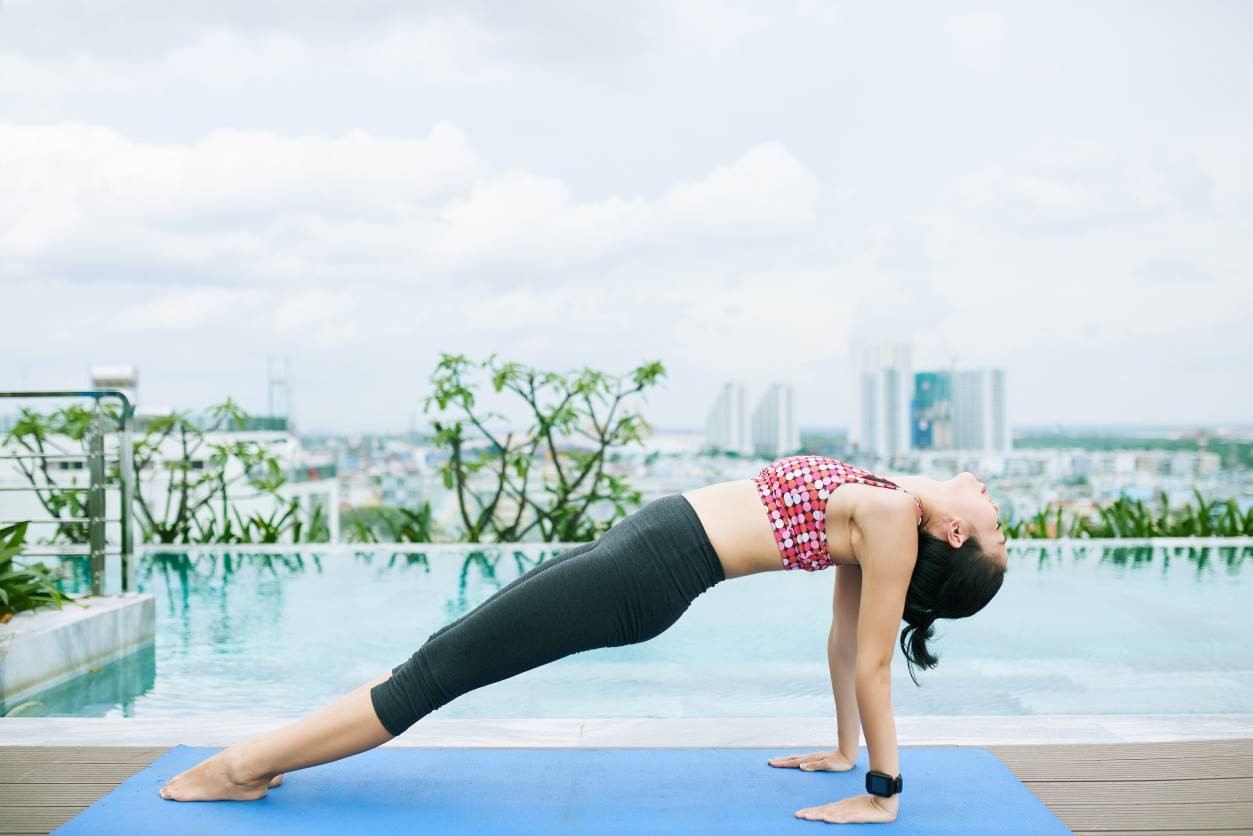
If you are a regular gym junkie who is used to using weights and machines, or a beginner who has just started working out regularly, here are some benefits to convince you to incorporate bodyweight training into your exercise regime:
- Do it anywhere! You can save time when you are too busy to head to the gym. Also, you are not limited to doing bodyweight training at home. If your work environment permits it, you can work out in a small corner in the office. If you are travelling overseas for work and there is no gym at the hotel, do bodyweight exercises in your room instead!
- Save serious cash. Did you know that the monthly average cost of gym memberships in Singapore is $193.70? That�s more than $2,000 a year! Additional exercise equipment may set you back further from $30 to $1,000. All this money could have been saved for a well-deserved holiday instead!
- Going back to basics can lead to progress. Research has found that a person�s strength-building progress is stunted when they focus on using machines to train without having a strong base of balance, core strength, mobility and stability. Bodyweight exercises can counter stagnation and aid in the strength-building process.
- It is beginner-friendly! There are many variations of bodyweight exercise regimes that are modified for different fitness levels and you can pick one you are comfortable with. Additionally, it is important that you learn the proper techniques to work out different muscles by using your bodyweight first before moving on to free weights or machines to avoid injury. Going back to the example of push-ups, when you are able to perform several repetitions of push-ups in good form, you may find it easier to control the resistance from a seated machine fly or balance the weights during a bench press with a lower risk of injury.
- More personalised and efficient training. Everyone comes in different shapes and sizes and it is difficult to build strength machines that can perfectly suit everyone�s unique body proportions. With bodyweight training, the exercise is naturally unique and suited to the person�s limb length, muscle insertion and body weight. Most bodyweight exercises strengthen several muscle groups at once as it uses multiple joints, as compared to a bicep curl with weights that involve only one joint and fewer muscles. Hence, you may be more efficient by training more muscles in a single session of bodyweight exercise.
- Strength exercises can lower the risk of osteoporosis, which is the thinning of bones that result in painful fractures. It is caused by factors such as ageing, low body weight and menopause. Research has shown that strength training can stimulate bone remodelling, which is the process of renewing bone tissues and bone growth, which helps reduce the risk of osteoporosis. Further, building strength in the lower limb muscles can help reduce the likelihood of falls, which can cause fractures.
? JOIN US: Island-wide experiential Move Better workshops led by Active Health Coaches
5 bodyweight exercises recommended by Active Health Coach Munir
1) Push-ups targeting chest, shoulders and arms
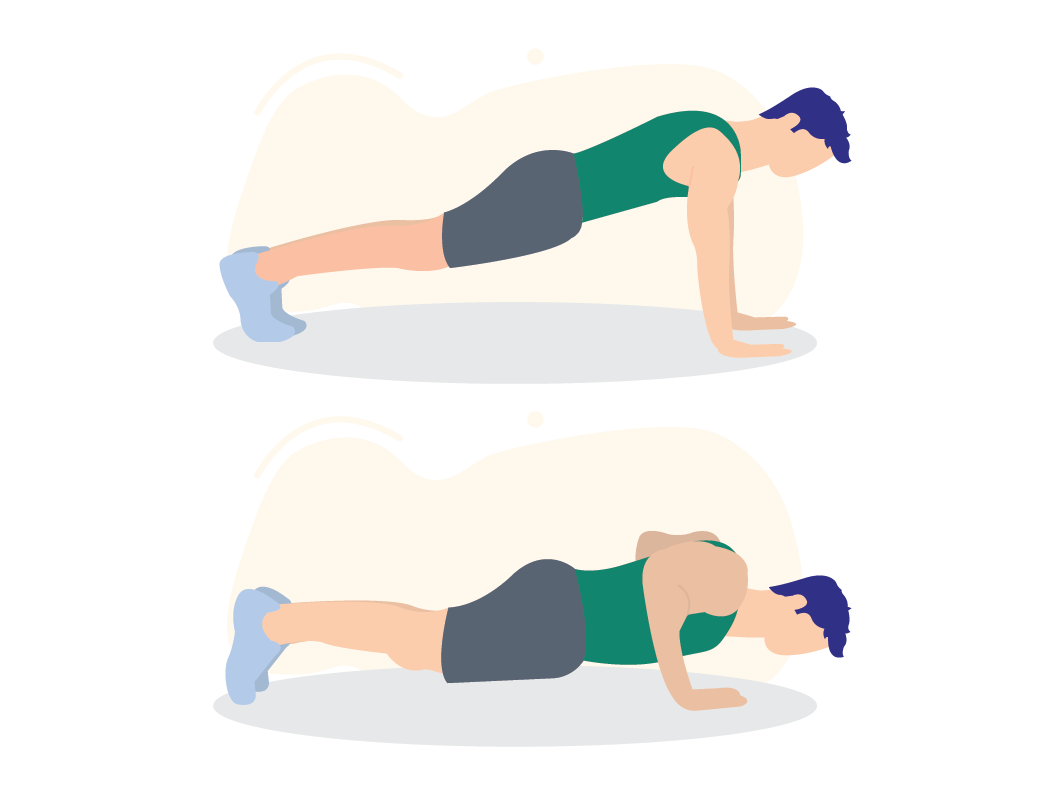
- Place your hands on the floor at about shoulder-width apart with fingers pointed forward
- Straighten your arms and legs
- Keep your body straight by tightening your abdominal muscles
- Lower your body in a controlled manner until your chest is just above the floor
- Push yourself back to the starting position by extending your arms and repeat the movement
- Do 2-3 sets of 8-12 repetitions
If this is too difficult, you can opt for incline push-ups where your hands are placed on a bench or a platform. Wall push-ups are another option.
2) Chair / bench dips targeting shoulders and arms
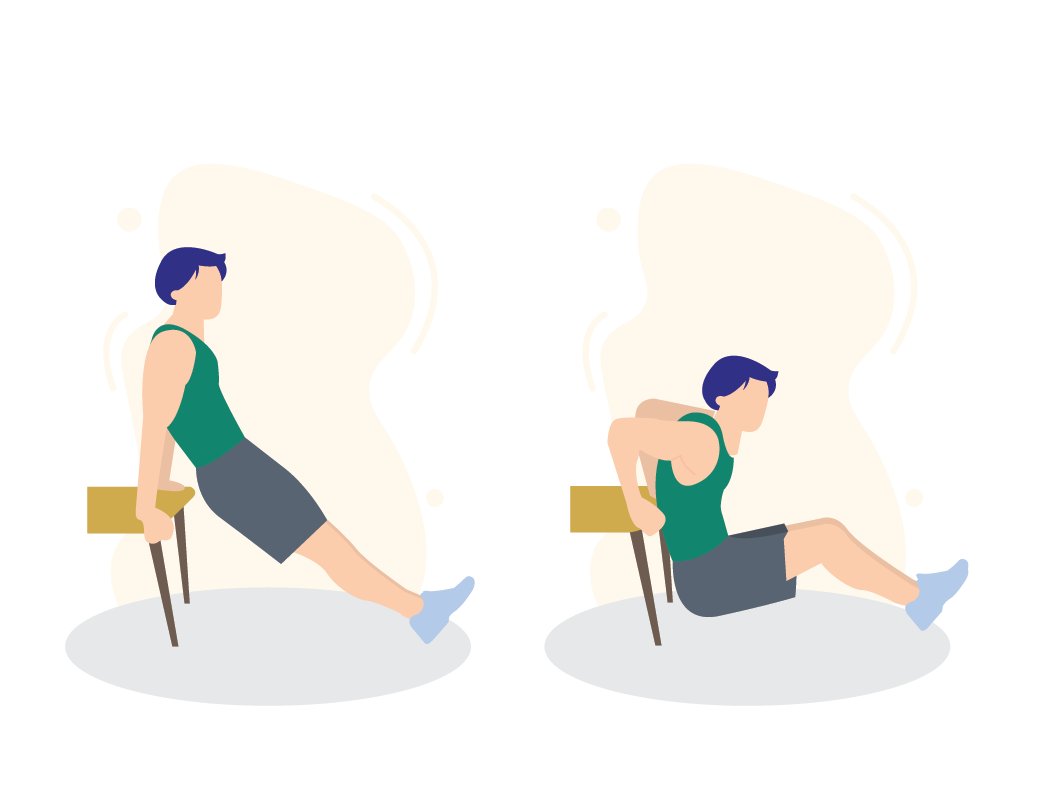
- Find yourself a sturdy piece of furniture like a chair or bench
- Place your hands on the edge of the seat slightly wider than your shoulders
- Straighten your arms and legs
- Lower your body until your elbows are about 90 degrees
- Pause for a second before straightening your arms and repeat the movement
- Do 2-3 sets of 8-12 repetitions
To make this exercise easier, adjust your starting position by bending your knees to about 90 degrees and planting your feet firmly on the floor to support more of your body weight.
3) Plank targeting abdominal muscles
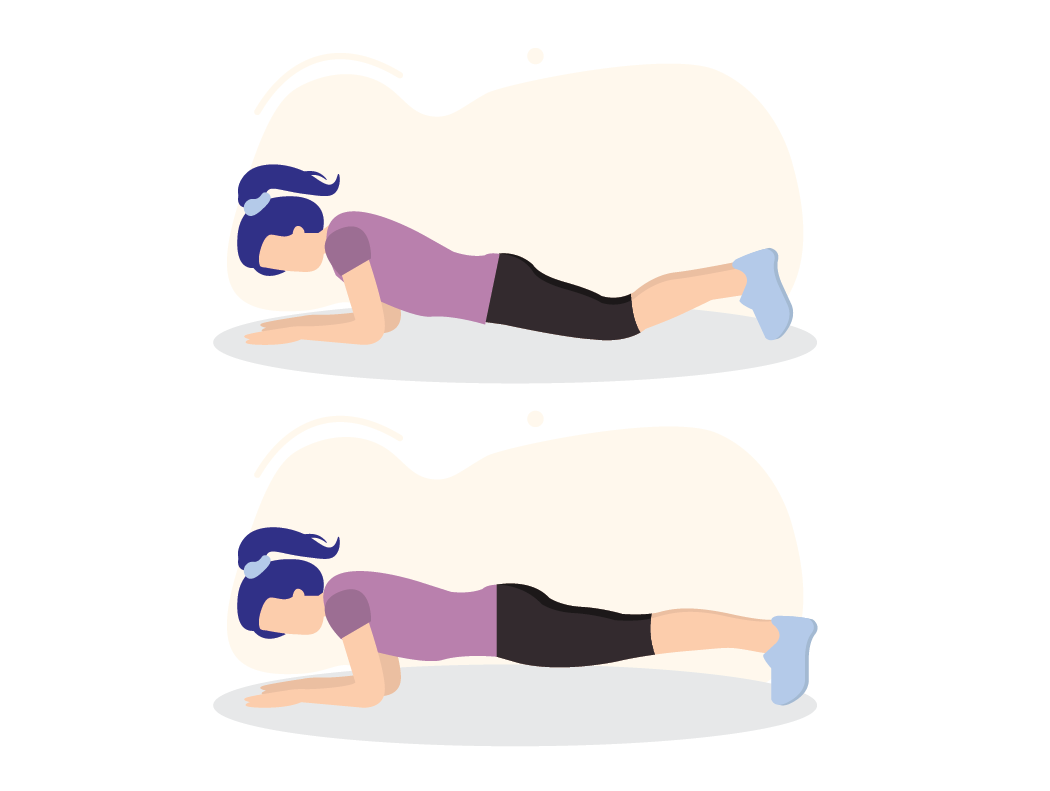
- Get into a face-down position on the floor with your upper body supported by your forearms
- Ensure that your elbows are directly below your shoulders
- Extend your legs behind you and keep your feet hip-width apart
- Keep your body straight by tightening your abdominal muscles
- Hold this position for the desired length of time
- Do 2-3 sets of 20 seconds
Like the push-ups, you can position your forearms on a bench or platform to reduce the bodyweight that you need to hold (incline plank).
4) Glute bridge targeting legs
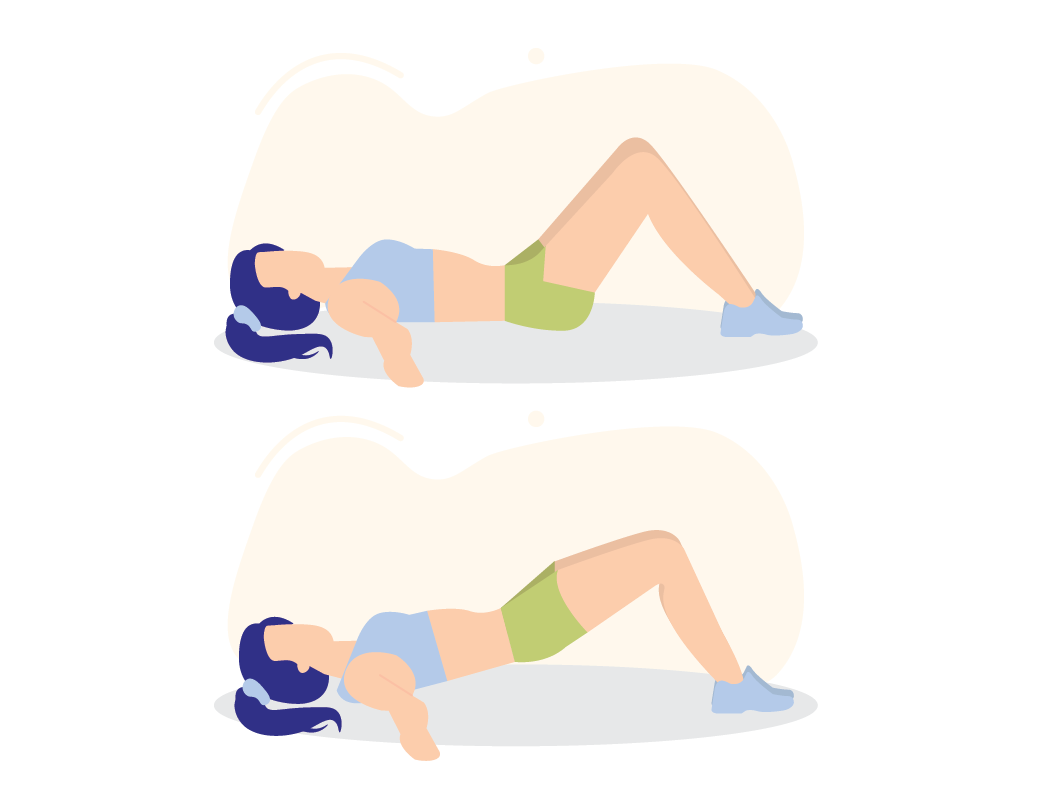
- Lie on your back with your knees bent and feet flat on the floor
- Place your hands out to the sides for support
- Squeeze your glutes (butt muscles) and lift your hips off the floor until your shoulders, hips and knees are in a straight line
- Lower your hips back slowly to the starting position and repeat
- Do 2-3 sets of 8-12 repetitions
5) Lateral lunges targeting legs
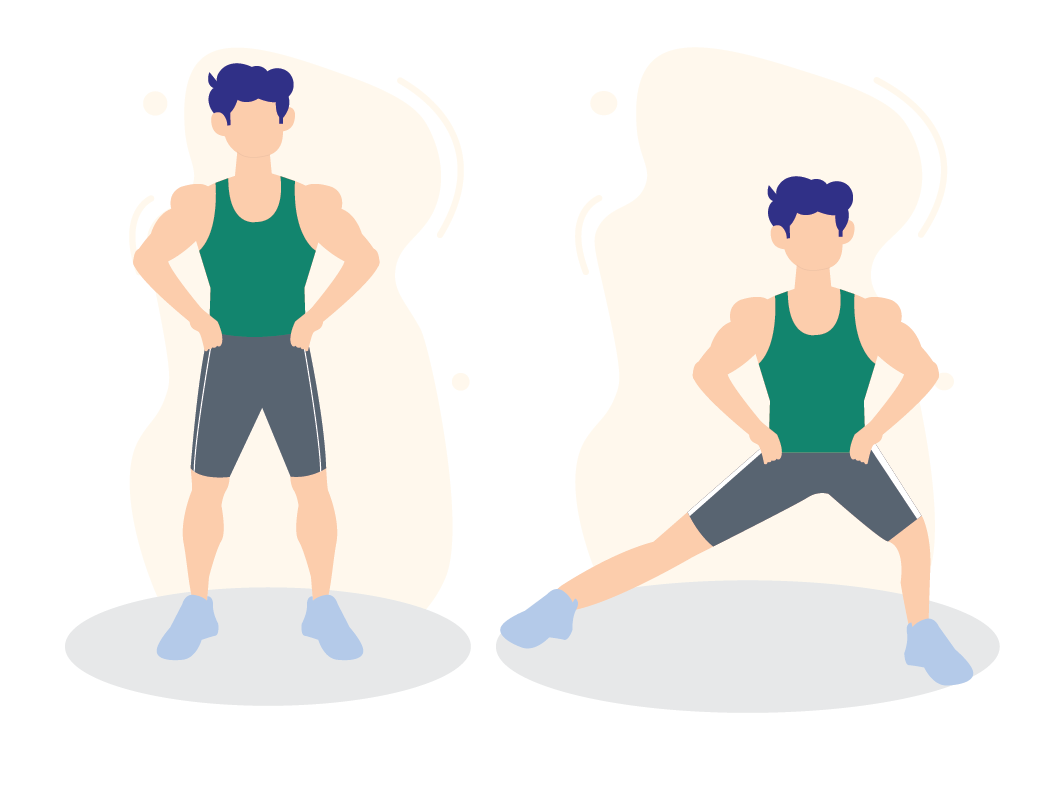
- Stand with your feet hip-width apart with your hands on your hips
- Step to the left with your left foot while your right foot remains fixed
- Bend your left knee until your thigh is parallel to the floor
- Return to the starting position by pushing off the floor using your left foot
- Continue for the desired number of repetitions before repeating with the right leg
- Do 2-3 sets of 8-12 repetitions
You can opt for a partial lateral lunge if you do not have the strength to go all the way down i.e. thigh parallel to the floor.
Bodyweight training is a useful go-to routine for everyone, no matter if you consider yourself an exercise enthusiast or a fitness fledgeling. Not only does it benefit your body, but it also benefits your schedule and wallet as well. However, do seek medical advice if you are unsure that bodyweight training is suited for your health.





![ActiveSG Academies and Clubs Logo (Solid Colour)[8647]](https://www.activesgcircle.gov.sg/hs-fs/hubfs/ActiveSG%20Circle%202023Theme/images/ActiveSG%20Academies%20and%20Clubs%20Logo%20(Solid%20Colour)%5B8647%5D.png?width=150&height=65&name=ActiveSG%20Academies%20and%20Clubs%20Logo%20(Solid%20Colour)%5B8647%5D.png)



-01.png?width=200&height=141&name=Team%20Singapore%20Logo%20(Red)-01.png)












.jpg?width=250&height=250&name=CQ@Clarke%20Quay%20Poster.jpg%20(400x400px).jpg)
.png?width=250&height=250&name=CCE%2024%20April%20Coaching%20as%20a%20way%20of%20Life%20From%20(400%20x%20400%20px).png)

